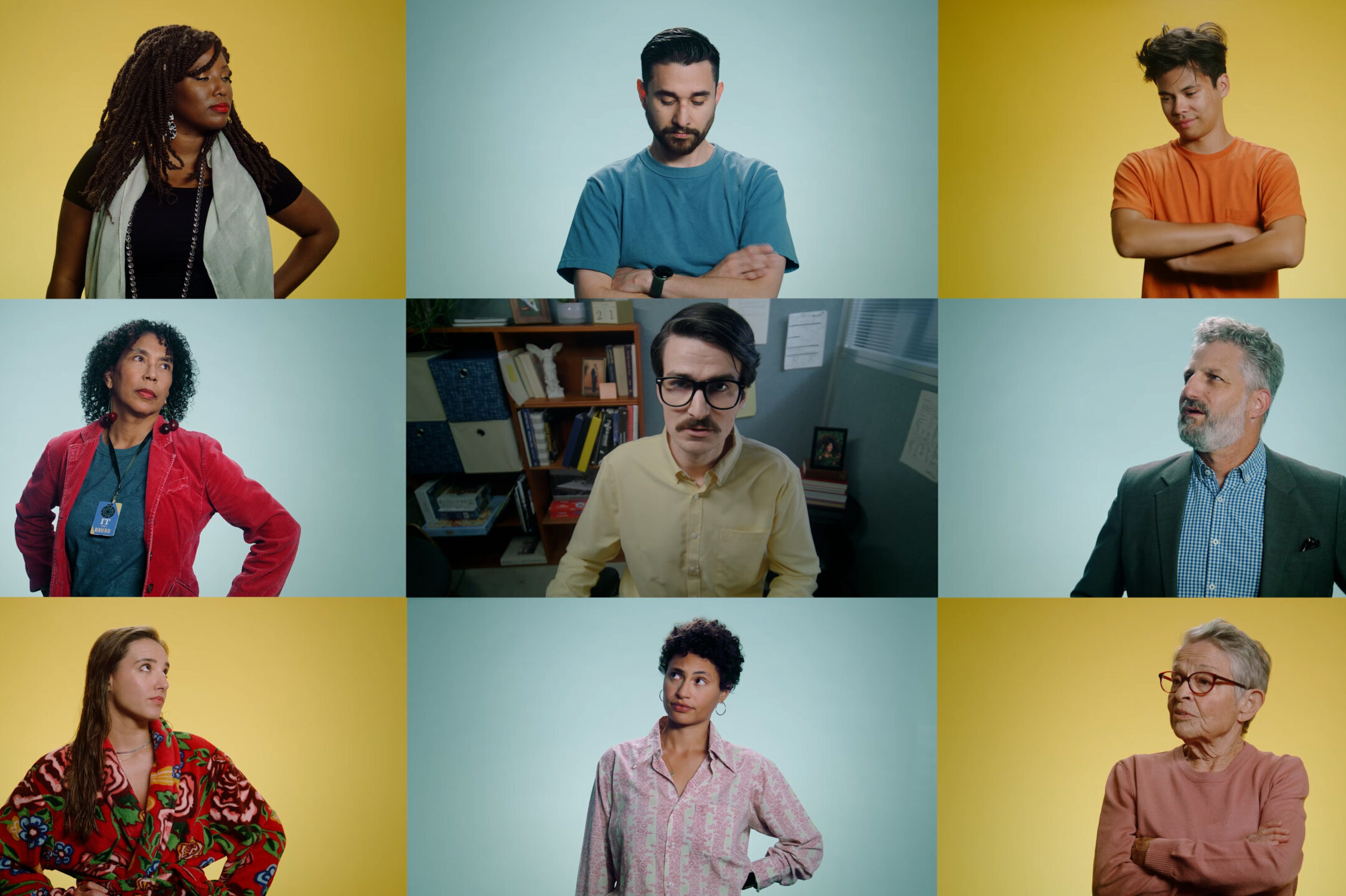In 1982, an important societal question was posed in UNESCO’s The Right to Communicate: A Status Report: “If there is a vast and growing disparity between the communication resources in different parts of the world, how can peace, prosperity and progress be achieved?” Over thirty years later, this question still lacks a solution, not only in the larger global society but also in the United States.
Communicative rights are imperative for all people and have historically been and presently are a concern for marginalized communities. There must be a space where these groups can engage in civic discourse, satisfy their intellectual inquiries, and create and maintain economic security for future generations.
Communication through broadband is a medium in which these tenets of communicative rights can be met. An educational reformer, Horace Mann, stated that education is the great equalizer. In 2001, these thoughts were echoed by the former dean of Indiana University’s School of Education, Gerardo Gonzalez in which he stated the “civil rights question of our nation today is that of access to a quality education.” In the era of near-ubiquitous connectivity, I would contend that the civil rights question of modern society is the access to quality broadband. Access to high speed broadband provides individuals with the opportunity to learn and can in turn be the great equalizer.
According to the 2015 Pew Research Center report by John Horrigan and Maeve Duggan, 33% of American adults do not have broadband at home. The same report states that “66% of non-adopters point toward either the monthly service fee or the cost of the computer as a barrier to adoption.” Little competition among Internet service providers may be the reason for high monthly services fees. “At the low end of throughput, 4 Mbps and 10 Mbps, the majority of Americans have a choice of only two providers. That is what economists call a ‘duopoly’, a marketplace that is typically characterized by less than vibrant competition,” stated FCC Chairman, Tom Wheeler in his 2014 remarks at the 1776 Headquarters. The more we move towards this economic model, the more we continue to marginalize communities who cannot afford these steep prices. These communities include those from low-income backgrounds in addition to rural communities and Tribal lands. According to a 2015 broadband report by the FCC, “53 percent of rural Americans lack access to 25 Mbps/3 Mbps.” Many large telecommunications companies do not see those areas as economically viable and do not build out in these areas; thus, widening the digital divide. However, many of these companies, including Comcast, AT&T and, recently, Sprint, have expanded programs aimed at low-income families, signing up millions of new Internet users for roughly $10 a month.1
Nonetheless, public and private sectors must complete broadband infrastructure buildout, foster options for more affordable access to broadband, and promote pathways for successful entrepreneurial endeavors for industries not equally represented by disenfranchised populations. Some efforts have been made to reach these goals. For example, the FCC has expanded the Lifeline program to include broadband in order to assist low-income populations gain access to a necessary tool to improve their lives. Grassroots efforts by media activist groups such as the Media Mobilizing Project pushed communicative rights onto the Philadelphia City Council agenda, who then worked with Comcast. This resulted in the expansion of affordable broadband through Comcast’s Internet Essentials program, funding for the technology education in Philadelphia Public Schools, and even improved wages for Comcast employees.
It is necessary that these grassroots efforts and changes in policy continue to permeate the United States. We must all come to the understanding of a few underlying principles: Everyone has the right to communicate and no one group should be more or less privileged in the ownership, distribution, and representation of and in communications media. An understanding and an expectation of these two principles is just one component of creating a just and civil society where access to knowledge and opportunity is preserved for all and not just for the few.
Alisa Valentin is a graduate student at Howard University, where she studies communications.
The opinions expressed in this piece are those of the author and may not necessarily represent the view of the Aspen Institute.
1Blair Levin and Larry Downes (2016). A new digital divide has emerged — and conventional solutions won’t bridge the gap. Available at https://www.washingtonpost.com/news/innovations/wp/2016/10/14/a-new-digital-divide-has-emerged-and-conventional-solutions-wont-bridge-the-gap/.

